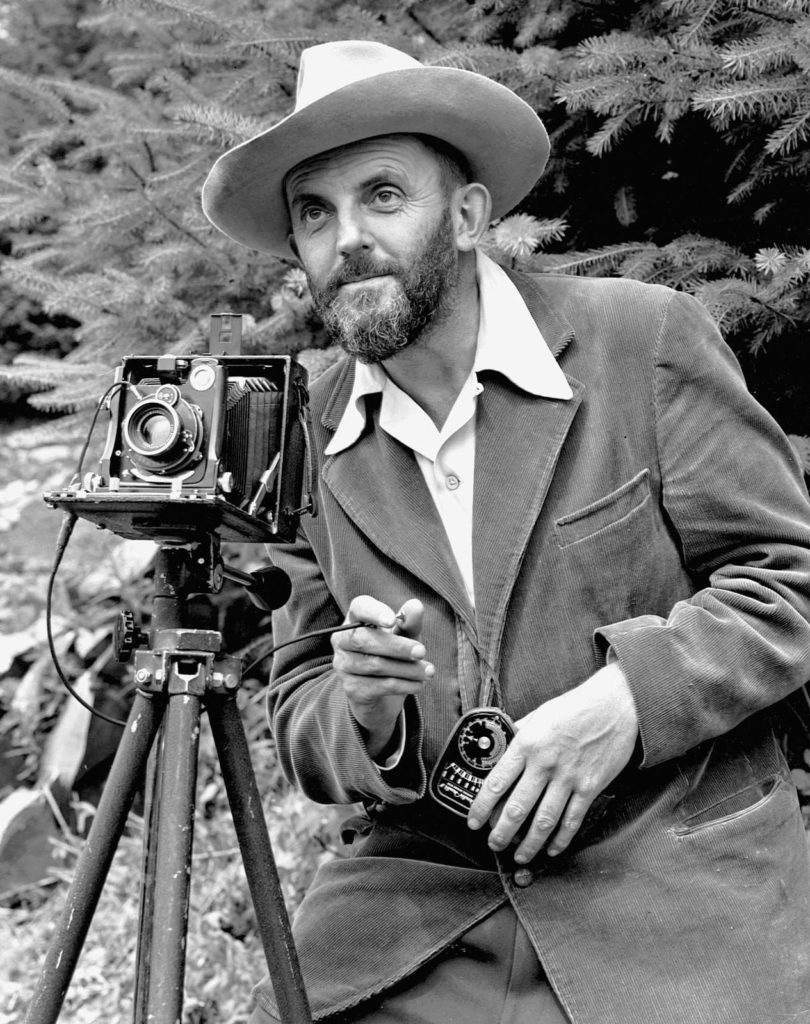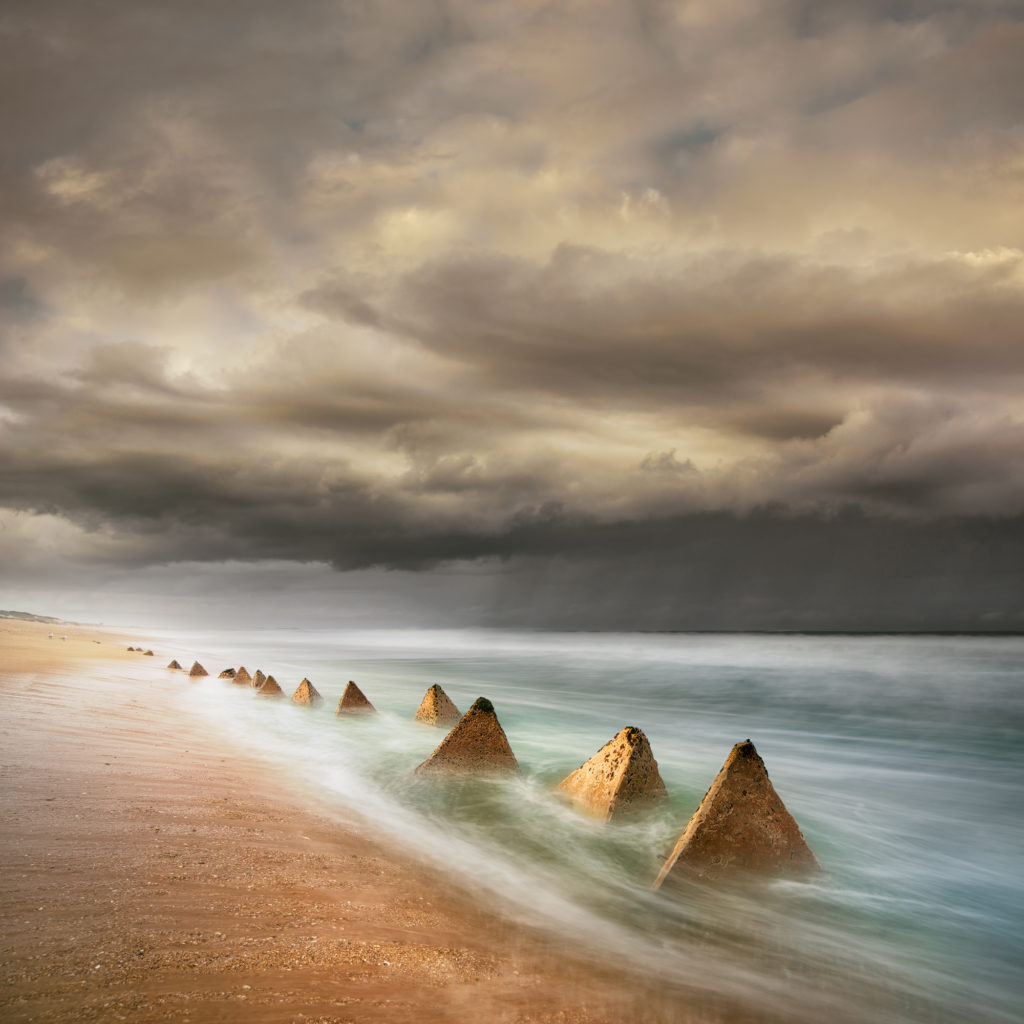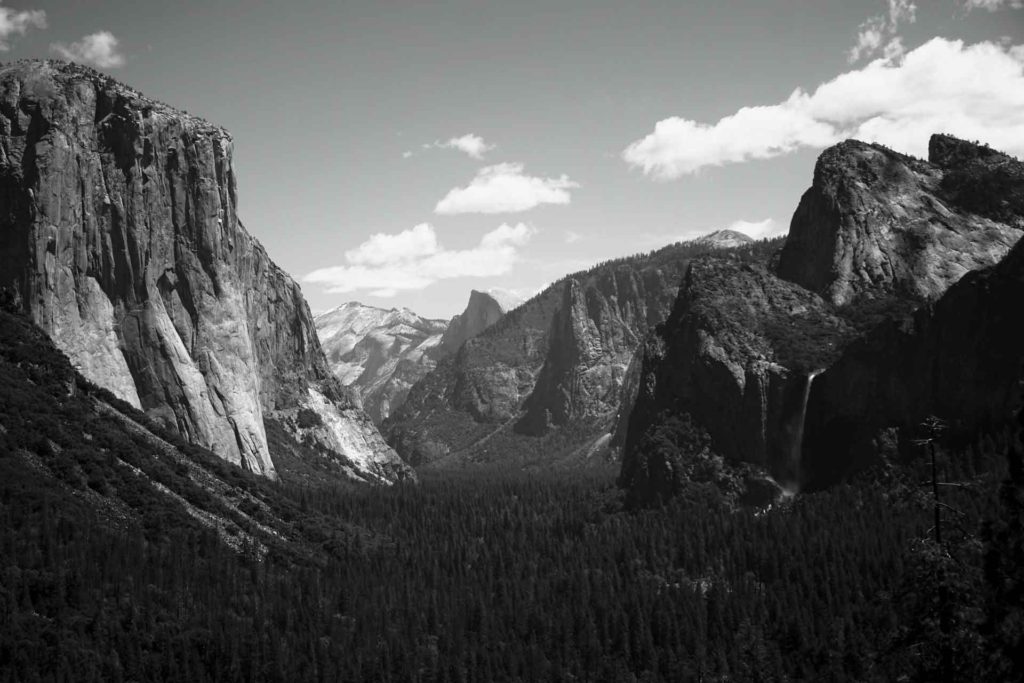The Age of The Enlightenment (1700-1800)
The Enlightenment included a range of ideas centred on the value of human happiness, the pursuit of knowledge obtained by means of reason and the evidence of the senses, and ideals such as liberty, progress, toleration, fraternity, constitutional government, and separation of church and state.
An eighteenth century intellectual movement whose three central concepts were the use of reason, the scientific method, and progress. Enlightenment thinkers believed they could help create better societies and better people.
The Age of Romanticism (1800-1900)
Definition: Romanticism was an artistic, literary, musical, and intellectual movement that originated in Europe towards the end of the 18th century, and in most areas was at its peak in the approximate period from 1800 to 1850.
It started with its emphasis on the imagination and emotion, Romanticism emerged as a response to the disillusionment with the Enlightenment values of reason and order in the aftermath of the French Revolution of 1789.
The founders of Romanticism, critics August Wilhelm Schlegel and Friedrich Schlegel, began to speak of romantische Poesie (“romantic poetry”) in the 1790s, contrasting it with “classic” but in terms of spirit rather than merely dating. It involved breaking with the past, and consciously moving away from the ideas and traditions of the Enlightenment. In so doing, Romanticism fundamentally changed the prevailing attitudes toward nature, emotion, reason and even the individual.

5 characteristics of romanticism:
- Interest in the common man and childhood
- Strong senses, emotions, and feelings
- Awe of nature
- Celebration of the individual
- Importance of imagination
Romanticism in Photography
Romanticism means that photography can be made dramatic for the sake of the viewers, making it more interesting to see and telling a real story about maybe the history of the landscape or the purpose of the photography.
My favourite quality of romantic landscapes is how they beautifully dramatize the courtship of light, land, water, and the presence of man on that courtship. Such scenes tell tales about Man’s adapting nature to his needs, and sometimes how nature defeats those very intentions. Romantic landscapes are typically “moody” in atmosphere; they are more about the subjective feelings of the artist, than an objective record of the observable world.
Ansel Adams
Ansel Easton Adams was an American landscape photographer and environmentalist known for his black-and-white images of the American West. He helped found Group f/64, an association of photographers advocating “pure” photography which favoured sharp focus and the use of the full tonal range of a photograph.
When speaking of Ansel Adams’ photography, the most famous is Monolith, the Face of Half Dome. This was Adams’ first photograph that gathered the attention of the public and the art world. Using his Korona camera, Adams captured his iconic photo of Half Dome in Yosemite National Park after a difficult hike.

Ansel Adams 
His work
Adams was strongly influenced by Alfred Stieglitz, whom he met in 1933 and who mounted a one-man exhibition for him in 1936 at Stieglitz’s An American Place gallery in New York City.
Adams shot in colour for almost as long as he did in black and white. And he experimented with it for the rest of his life, snapping over thirty-five hundred shots. Originally working in the Pictorialist style, widely popular in the 1910s and 1920s, Adams encountered Paul Strand’s photography in 1930, and rejected his earlier painterly, soft focus style for a new “pure” and sharp focus approach.
In 1932, Adams founded Group f/64 with Edward Weston. Active between 1932 and 1935, f/64 comprised a group of photographers – including Imogen Cunningham, Willard Van Dyke, Consuelo Kanaga, Henry Swift, Alma Lavenson, and Sonya Noskowiak – that advocated Straight and unmanipulated photography over Pictorialism.
Pictorialism favoured traditional, soft-focus images, which were printed from manipulated negatives that produced prints more reminiscent of oil paintings than photographs. The group’s name, f/64, referred to their use of the smallest aperture setting (f-stop) on a camera that created an image with the sharpest depth of field.
Image analysis

I have selected this image to analyse this image of Ansel Adams’ as I think that this piece, being among his most famous work, is my favourite piece of his. The first reason for this is the contrast throughout the whole image, as the romanticism is really present in this image, with the river is tones 0/1 along with the clouds. with the trees and bottom of the mountains being tones 9/10, and the majority of the vegetation being mid tones. I think that the perspective of this image is important to note as it means that the river and the mountains are the most apparent natural elements of the image, and the image is more symmetrical as the river is part of both halves of the image. I think that this would be Adams’ way of expressing his love for nature.
Furthermore, the fact that the mountains are so far away from where the image was taken means that there is added more depth as this means there are other elements to the image. I like that the all of his work is in black and white, because this adds to the romanticism of his work as the shadows are very strong and contrast very obvious, adding to the tonal values of the image. I thin that Adams’ work is also very popular as the clarity of his images, especially considering the era that his photography was taken and this may have been seen as revolutionary for the time,
Zone System
Adams came up with the concept of that every monochromatic image he took should consist of these 11 tones, for example trees/ shadows should be tone 0 and aspects such as the moon and highlights should be tone 9/10. This meant he was aiming to take photographs and planning what the final result would look like rather then just adapting to the photographs he too. Also, this gave his final pieces of work lots of contrast and made them seem more creative as they was consistent, meaning that his style of photography was recognisable and this helped his develop his name.












